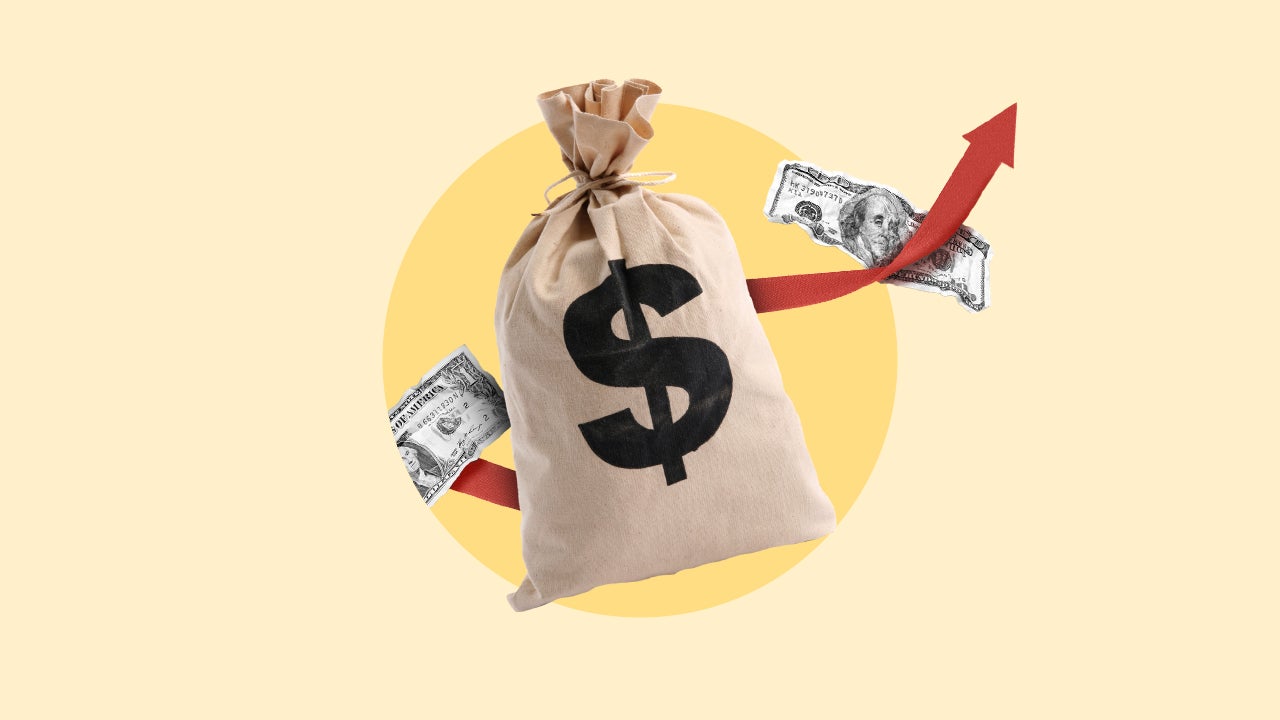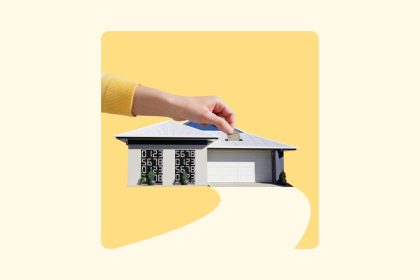Images by Getty Images; Illustration by Hunter Newton/Bankrate
Lower personal loan interest rates didn’t materialize as planned for most of 2024 despite three Fed rate cuts in the latter part of the year. However, they remain significantly lower than average credit card rates, which still hover above 20 percent.
According to Bankrate chief financial analyst Greg McBride, however, recent Fed rate cuts could lead to a lower personal loan rate if you have a solid handle on your credit habits.
Rates will be slightly lower, all else being equal, for borrowers with good credit.
— Greg McBride, CFA | Bankrate chief financial analyst
McBride suggests that personal loan rates may be driven more by who offers them than anything related to the Federal Reserve. “More and more personal loan lending takes place outside of the personal loan landscape.” As a result, McBride says personal loan rates may vary depending on whether traditional banks or non-banks want to offer personal loan products.
- Average personal loan rates started at 11.93% in 2024.
- Rates were relatively unchanged for most of 2024, ending the year at 12.29%.
- Personal loan rates may be headed lower in 2025, but you’ll need good credit to snag the best rates.
What happened to personal loan rates in 2024
Average personal loan rates were below 12 percent in late winter 2024, but are finishing the year at 12.29 percent after reaching a high of 12.43 percent in October.
While that may disappoint consumers amid all the news about Fed rate cuts this year, there is a silver lining: Minimum APRs for consumers with excellent credit have dropped below 7 percent with some lenders.
Homeowners with superb credit may want to consider a personal loan for home improvement to take advantage of rates that may be lower than home equity loans. However, the decision between the two loan types often depends on how much your upgrade costs.
“If you need an appliance, and you need $3,000 fast, that certainly suggests a personal loan,” McBride explains. “If you’re going to upgrade your kitchen and need $40,000 over the next six months, that’s more conducive to a home equity line of credit.”
The ease and speed of personal loans is increasing demand
Despite the higher average rates, overall personal loan originations rose from 5.1 million loans in the third quarter of 2023 to 5.4 million in 2024. The total balance of all personal loan debt is up $8 billion over the same period, a continued sign that demand for personal loans hasn’t dropped since last year.
“I think there is great awareness of the ability and convenience to obtain personal loans,” McBride explains. He adds that the ability to get money in your account within 24 to 48 hours with a phone app may also be leading more consumers to take out personal loans.
The direction of lending standards in 2025
An unexpectedly strong economy in 2024 and continued expectations for a robust 2025 bode well for personal loan credit availability. “This time last year, the odds of a recession were quite high,” McBride explains.
However, those predictions didn’t pan out, and as a result, personal loan volume increased. That positive momentum is likely to continue into the new year. “I think the prospects are for another year of solid economic growth with very low odds of a recession, relatively speaking,” McBride says.
Expect to see more growth in the volume of personal loans in 2025 as credit standards ease. Just because the credit will be available, however, doesn’t mean it will be at the best rate. Having a financial plan and sticking to it will help you make the most of the potentially strong economic period.
Next steps for consumers seeking personal loans in 2025
Before you borrow in 2025, evaluate your financial goals and work on your credit scores. Borrowing with a clear purpose that supports your overall financial journey — and fits your monthly budget — will take you further than a snap decision.
Consider debt consolidation, with a caveat
With average credit card rates still significantly higher than personal loan rates, it’s easy to wonder why more people don’t choose debt consolidation loans if they have too much credit card debt. The answer may lie in spending habits and budgeting challenges.
From a credit card perspective, if money is tight, you can dial down and make a minimum payment. With a personal loan, the monthly payment is the monthly payment.
— Greg McBride, CFA | Bankrate chief financial analyst
That may be too much of a strain on U.S. households struggling to cover their monthly expenses. “I think the reality of a lot of households is that most are trying to make ends meet from one month to the next, whereas debt consolidation comes more into play once you’ve solved that problem and have a handle on your expenses,” says McBride.
Improve your credit scores
“Improving your credit will do more to get you a better rate than anything the Federal Reserve does with short-term rates,” McBride explains. He also suggests that paying bills on time and paying down debt are the biggest ways to improve the rate.
But he also suggests consumers make sure errors on their credit reports aren’t pushing down their credit scores. “Studies have shown that an eye-popping percentage of consumers have errors on their credit report,” says McBride. “Check your credit score to make sure there isn’t any inaccurate information that could be torpedoing your score.”
Read the full article here
















